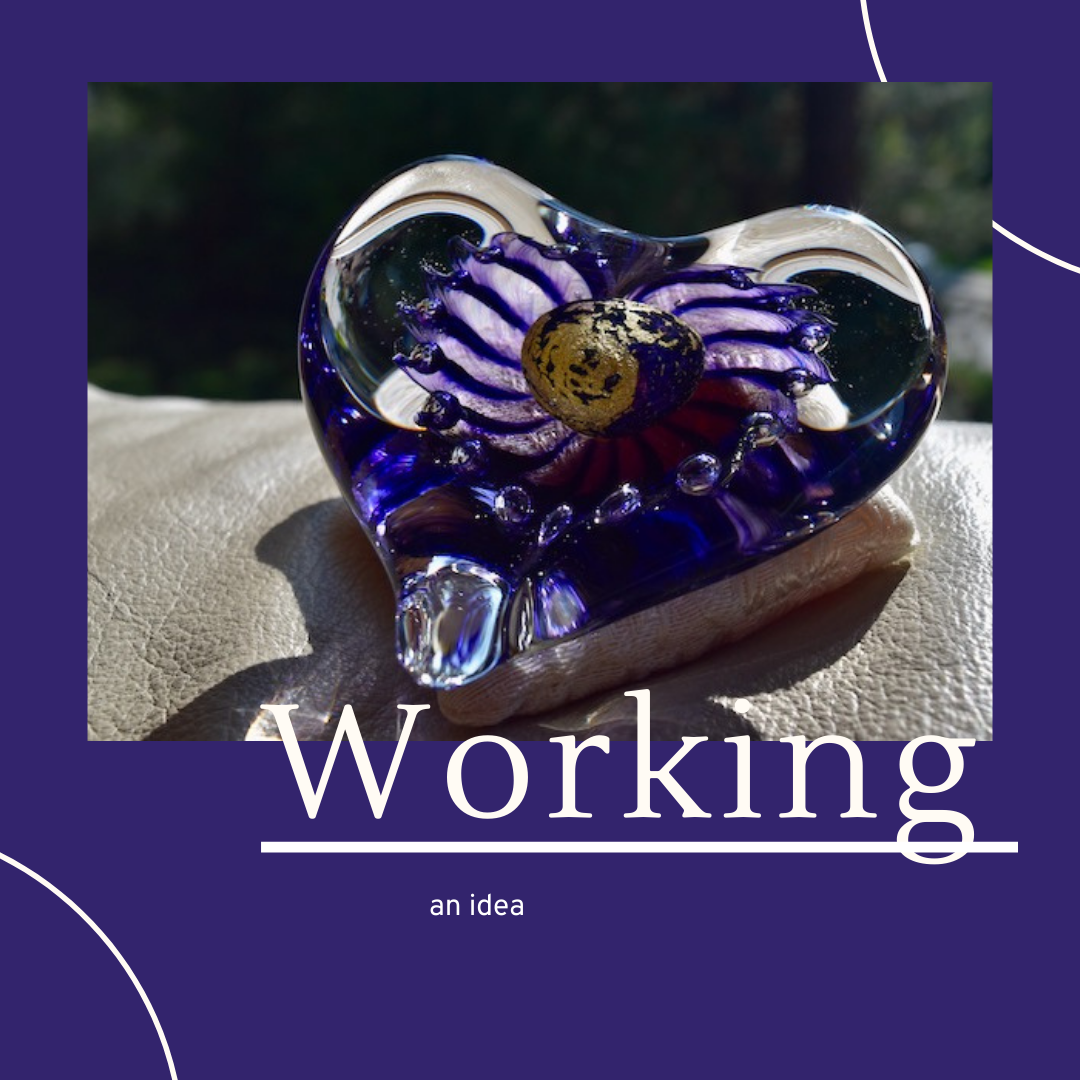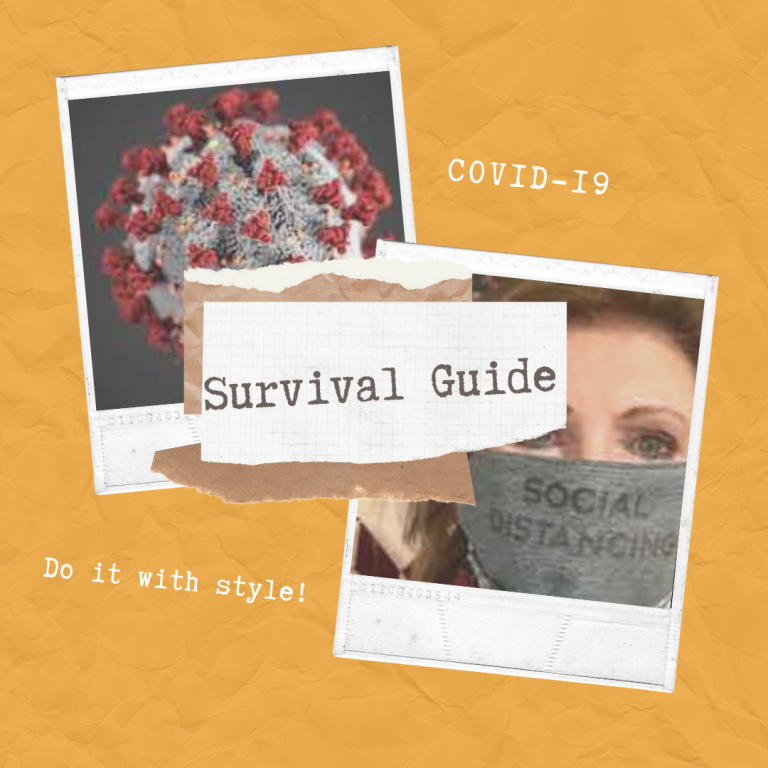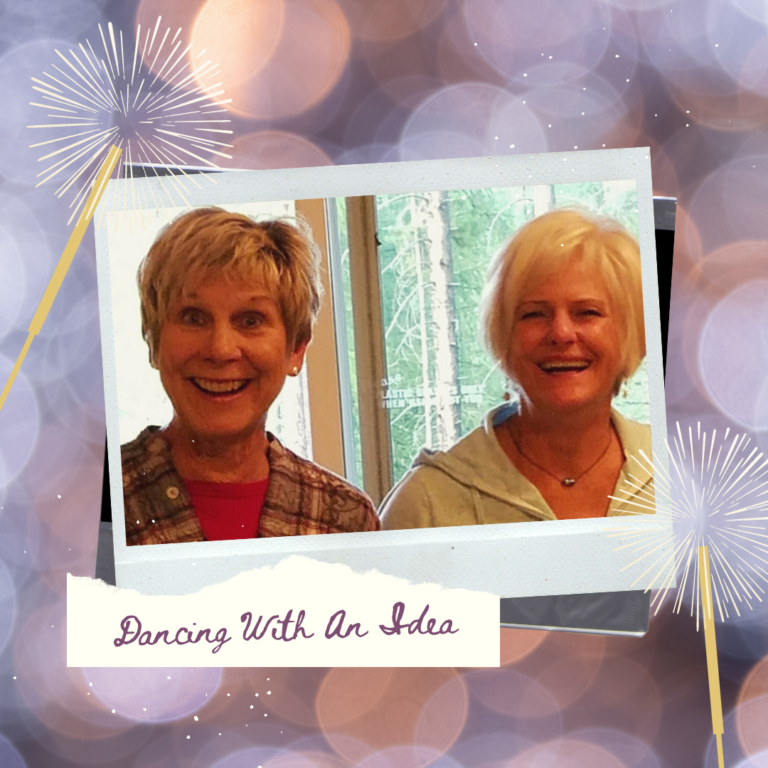When we last connected, the topic was “Calm and Stillness: Letting go of anxiety as a lifestyle, the 8th of Brené Brown’s guideposts for Wholehearted living (Daring Greatly, 2012, p. 9). Conditioned tendencies, or CTs, were introduced as automatic, wired-in, embodied reactions to stress or pressure that developed to protect our safety, connection and belonging, and dignity. We can be grateful to them for the job they have done, and we don’t have to be slaves to them. We can create and embody new response patterns with practice. And when practice and intention are paired, change is facilitated more quickly and easily.
Just as phenomenal athletes get better at their sport by practicing the specific skills and developing the types of fitness they need to perform at their best, so can we improve our capacity to be the way we want to be and do the things we want to do well under pressure through practice. Practicing is best done under low-stakes, low-pressure conditions, so that we can focus on developing a new capacity without our conditioned tendencies being triggered (i.e., fight, flight, freeze, appease, dissociate or any other automatic reaction to a stimulus). Centering is a powerful practice that helps us be more present, open, and connected – connected to ourselves and others and with what we care about – a commitment or declaration of a desired future. When we are connected with what we care about, we are more able to make choices and act in alignment with it.
Which brings us to the 9th guidepost for Wholehearted living (Brené Brown, Daring Greatly, 2012, p. 9): ‘Meaningful Work – Letting go of self-doubt and “supposed to”’. This interpretation of Brené Brown’s guidepost might be a bit of a stretch, or we can call it artistic license 
Commitment
We can have more than one commitment statement or declaration, and our commitments will naturally change over time as we change. At the beginning of this year, I chose the word Wholehearted, as a reminder of how I want to live. I developed a commitment statement – a declaration of a desired future: I am a commitment to listening with curiosity and compassion, so that all feel seen and heard and know they matter. (The second part of that commitment is the “why”, the declaration of a desired future).
Why is this commitment important? Whom does it serve?
1) I missed precious opportunities in my parent’s last years (and not only those years) by not listening as well or as deeply as I could have. I could have gotten to know them a lot better and I could have helped them know more clearly how much they were loved and appreciated. Listening in that way could have deepened our relationship and might have given us something we all needed.
2) I want to listen with compassion and without judgment – more from my heart than my head, and to do more meaningful, heart-centered work, rather than think about what I’m supposed to do.
3) I want to embody a kind of listening that seeks to better understand and affirms others’ dignity and worth. Listening in this way helps connect people, rather than divide and separate them. It’s one way I can foster positive change, one conversation at a time, so that the world can be one that recognizes our common humanity, a world where all life and all lives matter, regardless of color, political affiliation, sexual preference, religious beliefs, etc.
What is your commitment?
Why is it important? Whom does it serve?
Try your hand at drafting a commitment statement – something that is really important to you, something you are willing to take a stand for. It’s ok if it’s messy or imperfect. Give yourself a permission slip to go through as many drafts as needed. As you get closer to your final version, your body will likely let you know it in some way. Perhaps it will manifest as a physical sensation – like getting “goose bumps” or chills. You might experience an emotional response, or feel more energized and liberated. You might feel your heart opening, or something else that lets you know you’re on to something!
Go ahead… let go of self-doubt and be daring! I’m a commitment to ____________.
Working an Idea: Embodying Your Commitment via Practice
Isn’t a good commitment enough? No… think about New Year’s resolutions and how the good intentions we set are frequently abandoned within the first month or two because there isn’t a regular, consistent, repeated practice that supports them. When you pair practice with your intention, it helps “build the body” that is capable of fulfilling your commitment. Like practicing kneading dough help lead to delicious home-made bread, learning how to use a new tool can help you create or build something, or practicing a musical technique can support you in being able to play a piece by your favorite composer. Practice literally rewires your system to support the future you want to create.
Creativity embeds knowledge so that it can become practice. We move what we’re learning from our heads to our hearts through our hands. We are born makers, and creativity is the ultimate act of integration — it is how we fold our experiences into our being… The Asaro tribe of Indonesia and Papua New Guinea has a beautiful saying: “Knowledge is only a rumor until it lives in the muscle.” – Brené Brown, from Rising Strong (found on Brain Pickings) – https://whatcomesfromsilence.wordpress.com/2015/09/08/knowledge-is-only-a-rumor-until-it-lives-in-the-muscle/comment-page-1/
Here’s the fun part: You not only get to choose your commitment, you get create a practice that helps you embody and integrate it, so that it becomes part of you or second nature! The practice you choose can be really simple. It can be borrowed or adapted or brand new. And it’s helpful if it’s easy to practice anytime, anywhere, so you can practice it often.
How much does it take to build a new response pattern?
300 repetitions for muscle memory, 3,000 for embodiment. If you practice more frequently, you will create a new response pattern and embody it more quickly. And sometimes, if you practice longer, you get more benefits.
Does practice work? Absolutely. For example, there are multiple neuroscientific research studies, some looking at the differences in the brains of expert meditators – Buddhist monks – and novice meditators, that indicate structural and functional changes in the brain in response to meditation (Davidson et al., 2003; Hölzel et al., 2011; Jacobs et al., 2010; Lutz et al., 2004). How do you get to Carnegie Hall? Practice. How do you get to the Olympics? Athletes increase their fitness, skill, and capacity though practice in order to perform under the pressure of international competition.
Do you have to be a monk or practice for thousands of hours to receive the benefits of practice?
No. Some benefits are available from one bout of practice. Think about an example in your own life. Do you have to be a symphony season ticket holder to benefit from listening to music? No. You can enjoy listening to one musical piece and feel the impact that music has on your mental, emotional, and physical states. Try stilling yourself for a few minutes and listening to Aaron Copland’s Fanfare for the Common Man (an older version with Leonard Bernstein conducting the New York Philharmonic: https://www.youtube.com/watch?v=MK1N46dRPVg or a more recent version with gorgeous photos and illustrations of planets, nebulae, etc. from space: https://www.youtube.com/watch?v=4NjssV8UuVA ). Or revisit a favorite piece of music from your life (e.g., a lullaby, a camp song, a rock and roll classic from your college years), and notice the beneficial effects on your thoughts, your emotions, your physical sensations, your energy level.
Is practice worth your time and effort? Are your physical, mental, and emotional well-being worth it? Your relationships? Your self-respect? Your success? Your satisfaction and quality of life?
Yes, Yes, Yes, Yes, and YES!!
As human beings, we are not wired to embrace change; we are wired to resist it. And, we are all electricians – we can rewire ourselves, installing new patterns and building new capacities. All it takes is practice. We are always practicing something, and what we practice, we become. Are you practicing who, what, and how you want to be? Change is possible, if we are intentional. We can create a different default. Check out The Transformative Power of Practice by Staci Haines and Ng’ethe Maina (2008) for a short, well-written and inspiring treatise on practice and its importance in transformation: https://strozziinstitute.com/the-transformative-power-of-practice/.
My practice is to center each day in three dimensions (in length, width, depth), and say my intention aloud: I am a commitment to listening with curiosity and compassion, so that all feel seen and heard and know they matter, while placing my hands over my heart. This slows me down, gets me out of my head, and connects me with what is important. I’m also practicing listening with curiosity and compassion – What is it that my heart is telling me is important? What can I ask to better understand and have someone feel seen and heard and know they matter?
So, what are you practicing in order to fulfill your commitment? Or, conversely, how are you being intentional about your practice?
Is your practice moving you in the direction of your desired future? If not, what will you practice instead?
If I can be of support as you explore a new intention or commitment or want a partner in designing a related practice, you can reach me at: tinageithner@me.com
Resources
Davidson, R.J., Kabat-Zinn, J., Schumacher, J., Rosenkranz, M., Muller, D., Santorelli, S.F., Urbanowski, F., Harrington, A., Bonus, K., Sheridan, J.F. Alterations in brain and immune function produced by mindfulness meditation. Psychosomatic Medicine 2003, Jul-Aug;65(4):564-70. doi: 10.1097/01.psy.0000077505.67574.e3.
Haines, Staci K., and Maina, Ng’ethe. The Transformative Power of Practice. Strozzi Institute, 2008: https://strozziinstitute.com/the-transformative-power-of-practice/
Hölzel, B.K., Carmody, J., Vangel, M., Congleton, C., Yerramsetti, S.M., Gard, T., & Lazar, S.W. (2011). Mindfulness practice leads to increases in regional brain gray matter density. Psychiatry Research, 191, 36-43.
Jacobs, T.L., Epel, E.S., Lin, J., Blackburn, E.H., Wolkowitz, O.M., Bridwell, D.A., . . . Saron, C.D. (2010). Intensive meditation training, immune cell telomerase activity, and psychological mediators. Psychoneuroendocrinology, 36, 664-681.
Lutz, A., Greishar, L.L., Rawlings, N.B., Ricard, M., and Davidson, R.J. Long-term meditators self-induce high-amplitude gamma synchrony during mental practice. Proceedings of the National Academy of Sciences, Nov 16, 2004; 101(46):163699-16373: www.pnas.org cgi doi 10.1073 pnas.0407401101







Pingback: RETROSPECTING an idea - Entertaining An Idea